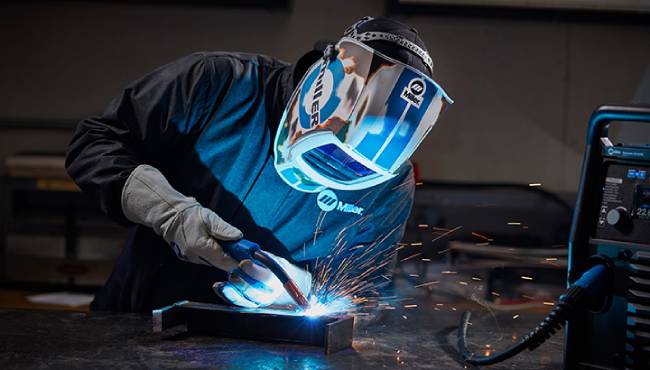Guide to Welding:
The welding process is important in construction and infusing metals that may be used for various industrial processes. However, the process of learning how to weld makes up a significant portion of your time and may also be intimidating for some. That is why it is important to learn the basics and appreciate the fundamental process to avoid future inconveniences when planning to weld. Here are some of the most important things that you should know before you proceed with welding.
1.Safety:
Safety should be given precedence over anything else, especially recognising that welding produces heat to fuse two metals. Given this concept, it is only critical to have the necessary gear and the proper protective equipment such as a jacket, safety glasses, welding gloves, and helmet to avoid any injuries and accidents. Also, it is highly advised to weld in an area where there is good ventilation and where a fume extraction system is available.
Adequate space is needed to ensure that the toxic fumes resulting from the combustion of heat can be emitted through the air and not constrained in one area. Lastly, part of the safety protocols and injury prevention is to clean your equipment and the welded material. Using a weld cleaner and incorporating ancillary cleaning tools can help ensure an efficient workflow in your area.
2.Voltage:
The welding process heavily relies on the input voltage, which can be divided into two categories – a 110v and a 230v. Ideally, the former option is good for welding thinner materials and metals since it would only require a fraction of the total voltage, while the latter is recommended for welding thicker materials.
3.User-Friendly Interface:
Look for a welding machine and tool which has a user-friendly interface and which is easy to use. Most machines come with an option that details the progression and other available settings. Additionally, most welding machines are conveniently designed to suppress additional voltage and will adjust according to the selection of the user. Thus, the extensive features allow for a variety of options that will affect the welding of materials.
4.Cleaning:
A good thing to remember when planning to weld is that you must continuously polish the welded material for a more efficient and cleaner outcome. A welded material is best cleaned by incorporating weld cleaner, and other available tools that are proven to remove welding oxidises that can prove to be hazardous and difficult to remove. Correspondingly, using the electrolytic weld cleaning process can help passivate metal surfaces and help you save additional cost. Thus, the process of cleaning and surface repolishing is important if you want to have top quality welding.
Knowing the basics of welding is important if you want to fundamentally polish your skill and if you want to have an efficient workflow. Considering the voltage, types of welding material, user-interface, polishing, and safety is essential in ensuring that you get the best experience in your first welding process. Always remember to put great emphasis on your safety.
